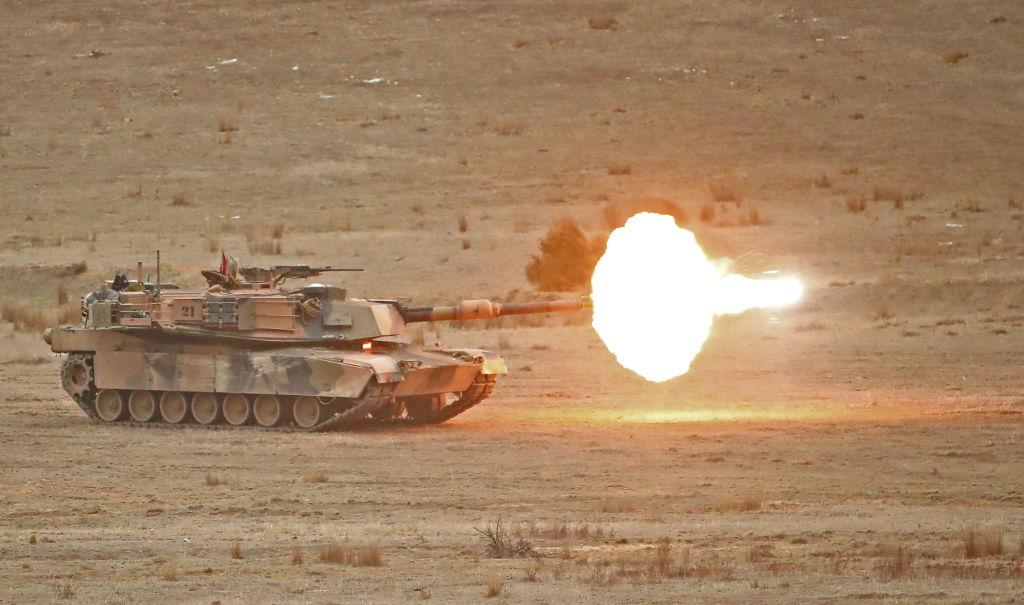Commentary
If high-sounding rhetoric and promises of significant expenditure in a decade are enough to boost Australia’s defences and deter our adversaries, the latest announcement by the Albanese government might be judged favourably.

If high-sounding rhetoric and promises of significant expenditure in a decade are enough to boost Australia’s defences and deter our adversaries, the latest announcement by the Albanese government might be judged favourably.